The Gift of South Dakota
Subscriptions to South Dakota Magazine make great gifts!
Subscribe today — 1 year (6 issues) is just $29!
Our Favorite Trees
Feb 25, 2020
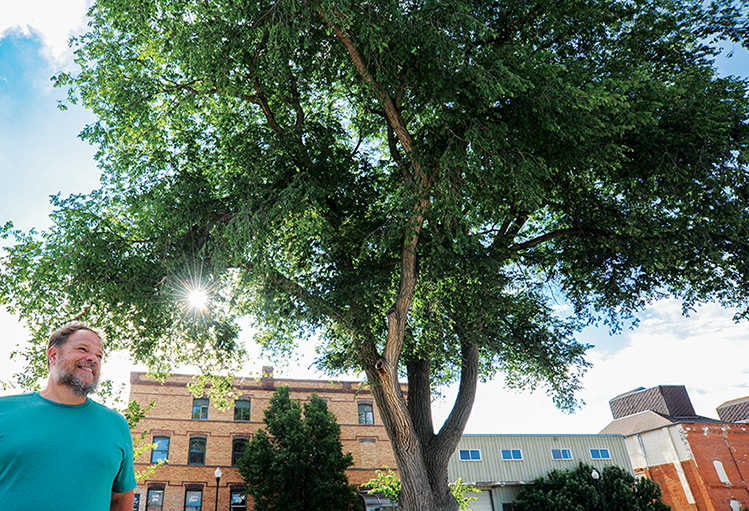 |
| The Gurney Elm stands in downtown Yankton near Ben Brunick’s carpentry shop and the old Gurney Seed and Nursery Company. It’s believed D.B. Gurney planted the Siberian elm, a native of central Asia, to prove they could grow in South Dakota’s climate. |
When I was a kid, my dad planted four spruce trees in our backyard. As a grade schooler they were as tall as me. But then Dad started running a garden hose from an old cistern behind the house and pumped gallons and gallons of rainwater to spur their growth. They are among the tallest trees on the block today.
For some reason, I didn’t give these trees a second thought as I wrote a story last fall about some of South Dakota’s most famous trees. Instead, I mentioned a tree to which I unintentionally set fire in my youth — a memorable tree, for sure, but only because of one incident that caused some neighborhood excitement. Its poor stump is no longer even there. But those spruce trees endure, and every time I look at them, I think of the care Dad put into making sure they survived.
During the course of writing that story it became clear that I was not alone in my fondness for trees. South Dakotans from border to border have stories about trees past and present that have shaped their lives in some way.
Joni Groeblinghoff told us about one such tree that stands in rural Spink County. Her father, Howard “Bill” Thomas, grew up on the family homestead southwest of Conde. One day, road crews told Bill’s father about plans for a new township road that required the removal of a young cottonwood that the family had begun calling Bill’s Tree. The elder Thomas objected, and the route was altered to save the tree, now a stately landmark that is well over 100 years old as well as a point of pride for both locals and the Thomas family. Occasionally, when Groeblinghoff — who lives in Groton — and her siblings get together, they go to Bill’s Tree.
Geraldine Evans shared her memories of the Bead Tree, a low, sprawling oak that once stood near Hermosa. Evans said she first encountered the tree as a young girl in the 1920s and 1930s. The tree had long ago been used in Indian burials; family history told of one chief who had been elaborately dressed and lain on a board among the oak’s branches when he died. For years thereafter, Evans and other children would search for tiny colorful beads that had fallen from the chief’s clothing into the dirt. The Bead Tree was eventually felled to make way for a road, but 12 little beads are among Evans’ most prized possessions today.
After our story appeared, we heard from readers about even more trees. Jerry Kobriger wrote to us about an old cottonwood on the Vernon and Betty LaBau ranch about 5 miles east of Lemmon called the Pig Tree. In the 1940s, Betty was struggling to keep pigs out of her garden, so she hammered a live cottonwood branch into the ground at an especially vulnerable spot in the fence. The branch took root and grew into what everyone called the Pig Tree. It thrived for more than 60 years until its death, possibly due to herbicide drift, coincidentally just months after Betty passed away in 2003.
If you stop and think for a few moments, chances are you’ll remember a tree that holds special meaning for you. Maybe now it lives only in your memories, but it might even be in your own backyard.


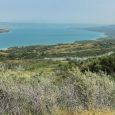

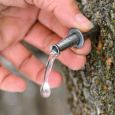

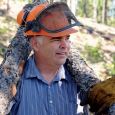
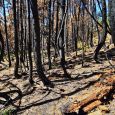


Comments